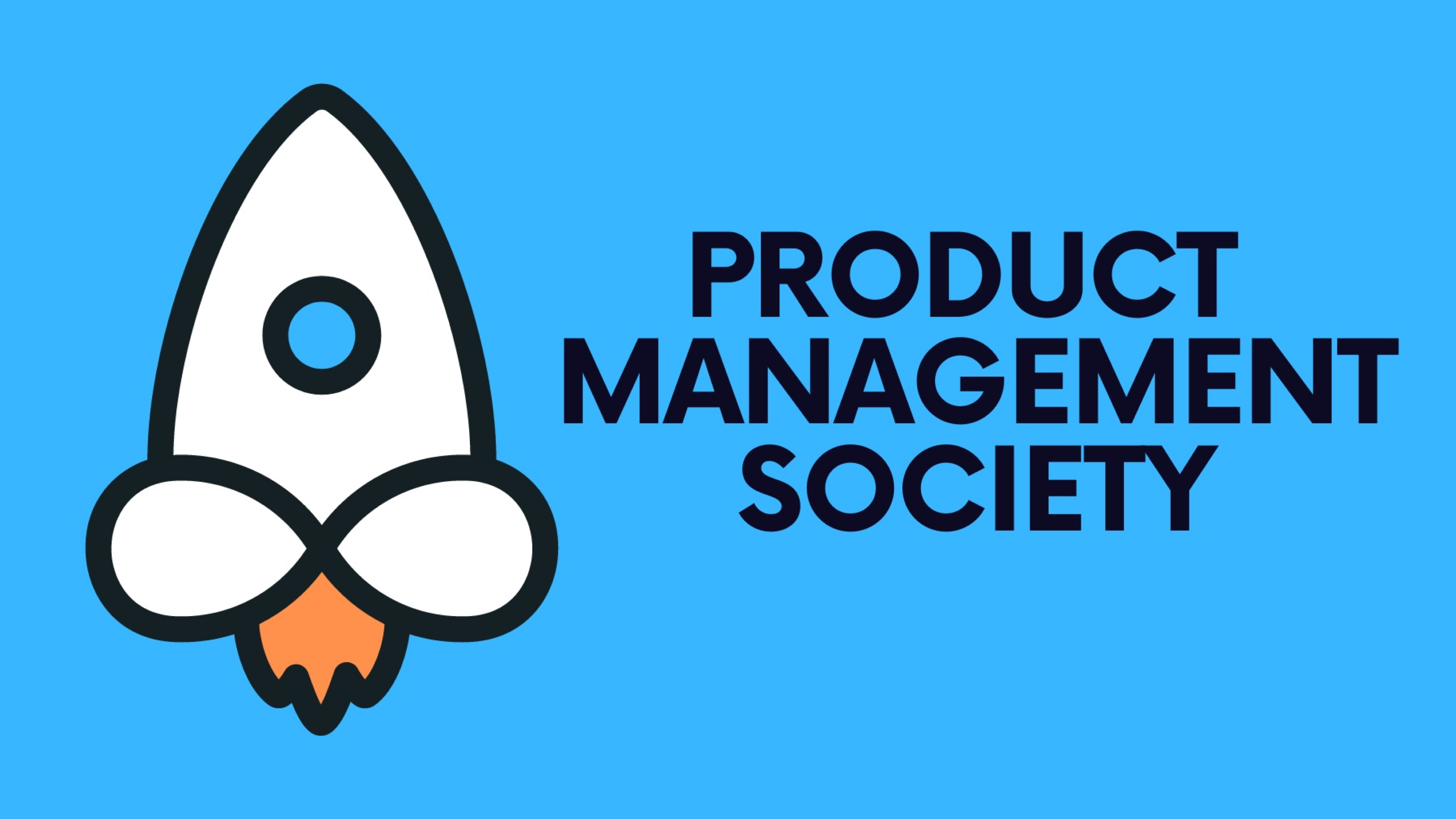While basic product strategy principles provide a foundation, mastering advanced techniques can elevate your approach, ensuring sustained success and innovation. This article explores sophisticated strategies and insights that go beyond the basics of product strategy.
1. Deep Market Understanding
Advanced Competitive Analysis:
Thanks for reading Product Management Society! Subscribe for free to receive new weekly posts 🚀
- Move beyond simple competitor comparisons. Use tools like SWOT analysis to deeply understand your competitors’ strengths, weaknesses, opportunities, and threats. Analyze their funding, product features, market positioning, and customer feedback for comprehensive insights.
Predictive Market Trends:
- Utilize data analytics and machine learning to identify and predict market trends. Tools like Google Trends, SEMrush, and social listening platforms can provide advanced insights into what your target customers are seeking and the direction the market is heading.
2. Customer-Centric Innovation
Segmentation and Persona Development:
- Develop detailed customer personas based on advanced segmentation, including psychographic and behavioral data. Use these personas to tailor your product development to meet specific customer needs and preferences.
Value Proposition Design:
- Employ the Value Proposition Canvas to map out and test how your product meets customer needs. This involves deep engagement with customers to understand their jobs, pains, and gains and how your product can align with these elements.
3. Strategic Roadmapping
Dynamic Roadmapping:
- Create flexible roadmaps that can adjust to changing market conditions and internal priorities. Incorporate tools like Aha! or ProdPad that support dynamic adjustments and allow you to visualize different strategic scenarios.
Roadmap Scoring:
- Implement scoring systems for roadmap items based on strategic alignment, customer impact, and business value. This quantitative approach helps prioritize features and initiatives based on objective criteria.
4. Leveraging Technology and Data
AI-Driven Decision Making:
- Integrate AI tools to analyze user data and provide actionable insights. AI can help identify patterns in user behavior, predict churn, and suggest areas for product enhancement.
Big Data Analytics:
- Use big data tools to process and analyze large datasets to inform product decisions. Platforms like BigQuery or AWS Analytics can handle vast amounts of data to uncover deep insights that drive strategic decisions.
5. Synergistic Cross-Functional Collaboration
Integration with Other Departments:
- Develop synergies with marketing, sales, customer service, and engineering. For instance, collaborate with marketing to align product features with upcoming campaigns or work with customer service to identify common customer issues that could inform product improvements.
Stakeholder Influence Maps:
- Create influence maps to understand and manage stakeholders across the company. This helps navigate internal politics and align cross-departmental efforts toward common goals.
6. Continuous Learning and Adaptation
Feedback Loops:
- Establish robust feedback loops that allow you to gather and incorporate feedback continuously from users, team members, and other stakeholders. This iterative process helps refine and evolve your product strategy over time.
Strategic Reviews:
- Conduct regular strategic review sessions, during which the impact of strategic decisions is assessed and future strategies are brainstormed. This should involve key stakeholders to ensure alignment and commitment.
Conclusion
Mastering product strategy involves a deep understanding of the market, an unwavering focus on customer needs, leveraging cutting-edge technology, and fostering seamless collaboration across functions. By going beyond the basics and implementing advanced strategies, product managers can ensure their products meet current market needs and are well-positioned for future challenges and opportunities.
Stay tuned for our next article, where we will explore how to navigate a PM career across various industries.
If you’re finding this newsletter valuable, consider sharing it with friends, or subscribing if you aren’t already. Also, consider coming to one of our Meetups and following us on LinkedIn ✨
Thanks for reading Product Management Society! Subscribe for free to receive new weekly posts 🚀







